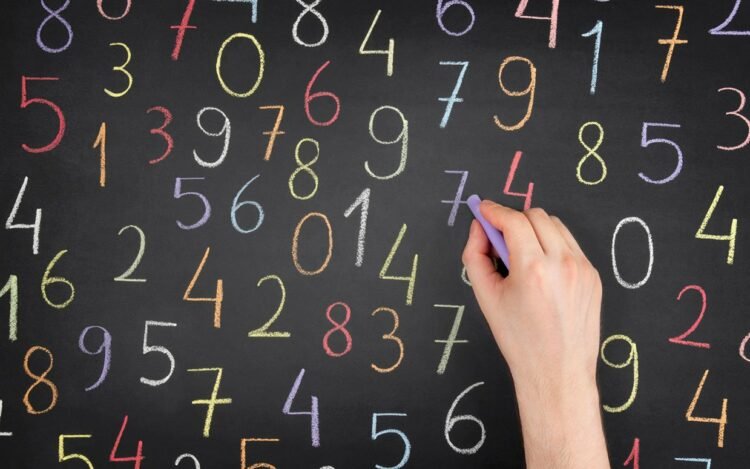There are various types in which we write numbers. Some numbers are written individually like 2 or 3 while other numbers might be written in the form of p/q like 2/3 or 5/3. When we write numbers in p/q forms these numbers are known as fraction. In other words, fractions are always written in the form of numerator/denominator. Let us understand with an example, let say you have a large pizza and you make 8 slices of equal sizes out of the large pizza that you have. Each slice will represent 1/8th part of the pizza, here 1/8 is a fraction.
After understanding the meaning of fractions, you also need to know about their types. There are various types of fractions including proper fraction, improper fraction, mixed fraction, like fraction, unlike fraction, equivalent fraction. These are all types of fractions. Out of the types mentioned proper, improper, and mixed fractions are single fractions while the rest of the fractions are used to compare more than one fractions. Let us now understand the meaning of different types of fractions.
Types of fractions
Proper fraction: As already explained above, a fraction has two parts, an upper part, and a lower part. The upper part of the fraction is called the numerator whereas the lower part of the fraction is known as the denominator. In a proper fraction, the value of the numerator is smaller than the value of the denominator. Let say, 6/7, it is a suitable example of a proper fraction. However, if you observe then you will get to know that when you will solve a proper fraction, the answer that you will get will always be lower than one.
Improper fraction: An improper fraction is the exact opposite of the proper fraction. Whereas in a proper fraction, the value of the numerator is lower than the denominator, on the other hand, in an improper fraction, the value of the numerator is greater than the denominator. Let say, 7/6, it is a suitable example of an improper fraction. However, if you will solve an improper fraction then the answer that you will get will always be greater than one.
Mixed fraction: A mixed fraction is another type of improper fraction. A mixed fraction is nothing more than a combination of a natural number and a fraction. Let say, 2½, it is a suitable example of a mixed fraction. As it is a type of improper fraction, the solution of a mixed fraction will also be greater than one.
Like fraction: In this type of fraction, the denominator of all the series in a fraction will always be the same. For example, 1/5, 2/5, 5/5, 6/5, etc. Finding the solution of this fraction is easy than others let say you have a series of mixed fractions, For example, 1/5, 2/5, 5/5, 6/5, here adding fractions become easier, as the denominator is the same, you won’t have to find the L.C.M. of the denominator to solve them.
Unlike fraction: an unlike fraction is opposite to the like fractions. In this type of fraction, it is a little difficult and lengthy to solve the given series. For example, 1/2, 2/3, 3/4, 5/6, etc. This is a representation of unlike fractions. If you want to solve it then you need to find the L.C.M. of all the denominators first then you will be able to solve the series.
Equivalent fractions: This type of fraction includes those fractions that may look different in value but on solving them, you will get the same answer. For example, 4/8 and 8/16, are the two fractions that you have. But when you will solve these two then you will get 1/2 in the answer.
These are the types of fractions. There are more properties of fractions about which you can search over the web also. You can visit the website of Cuemath online, where you will get a lot of data on fractions.







